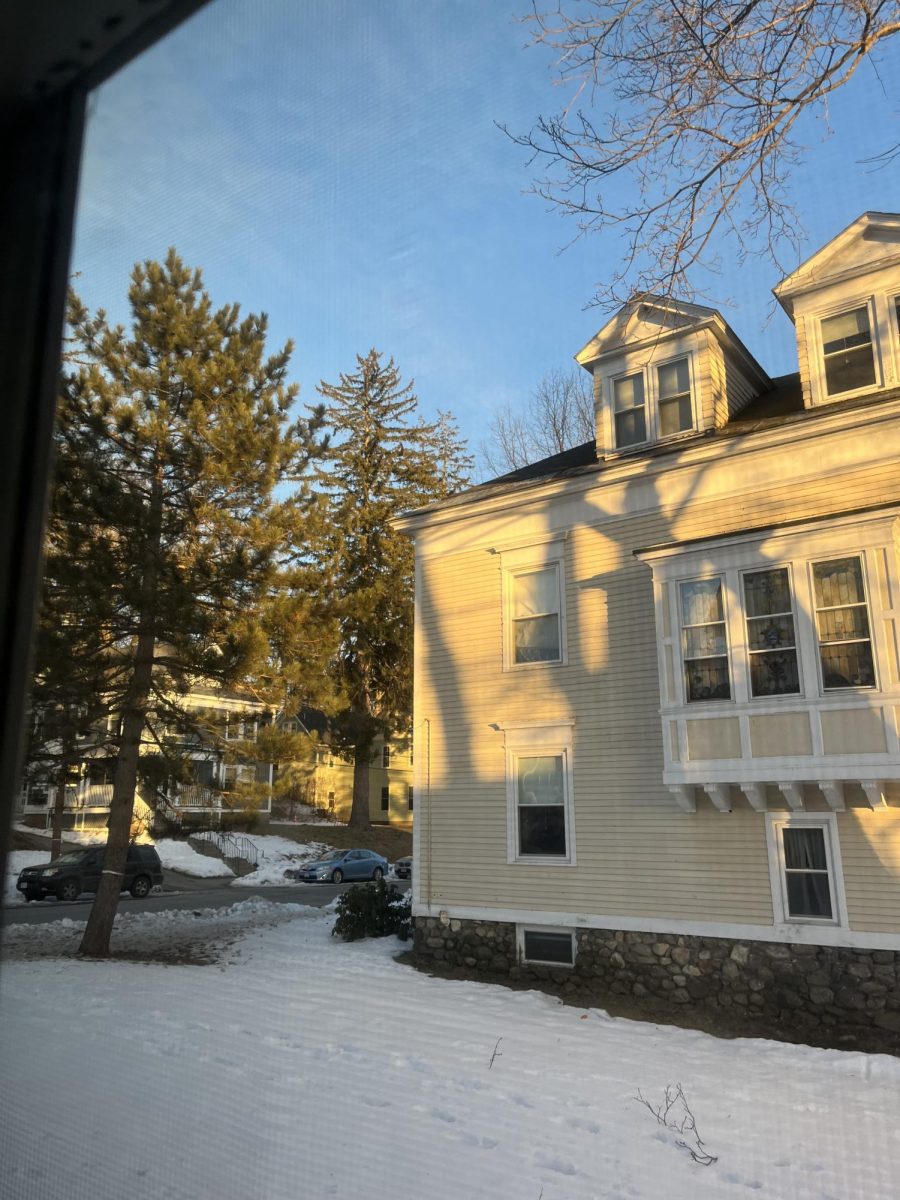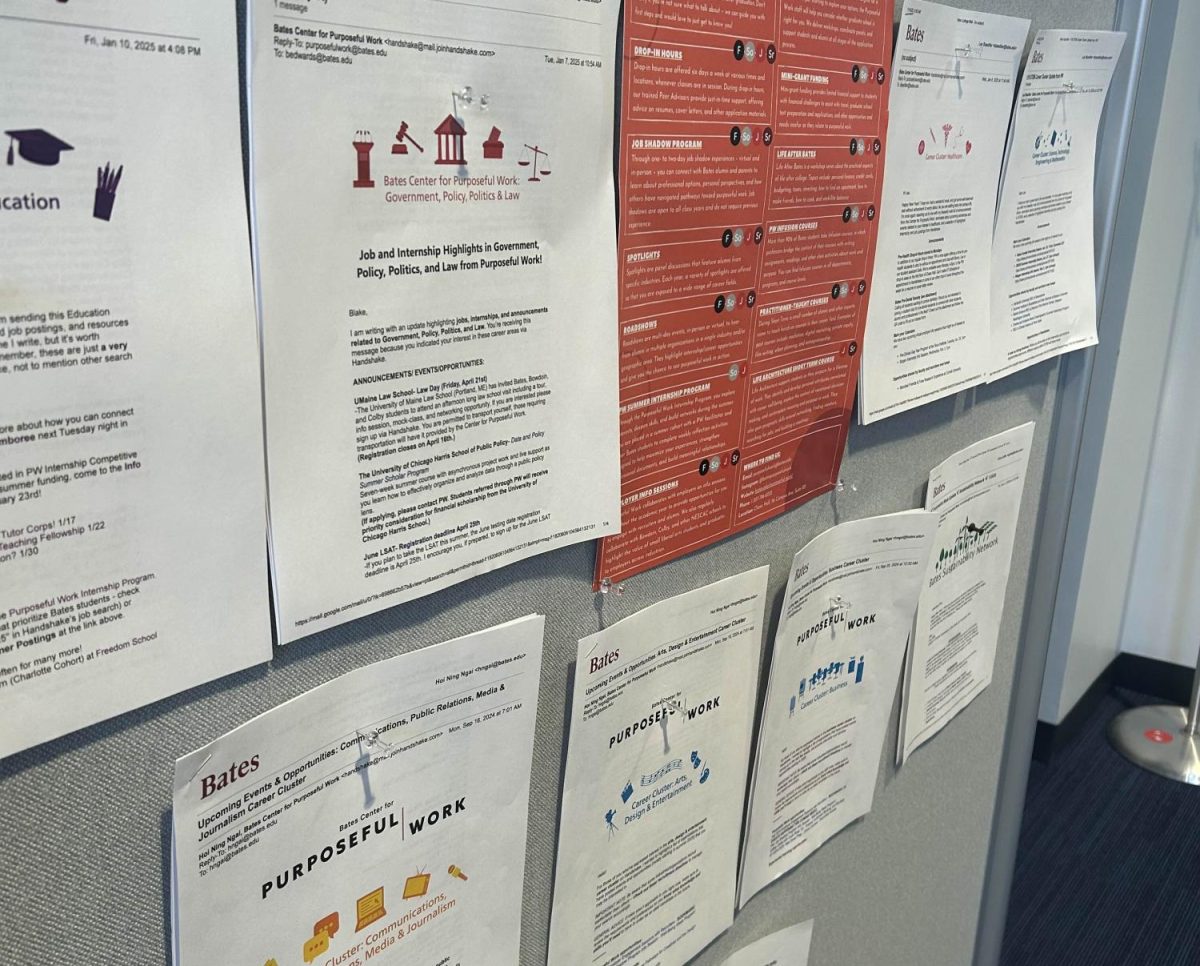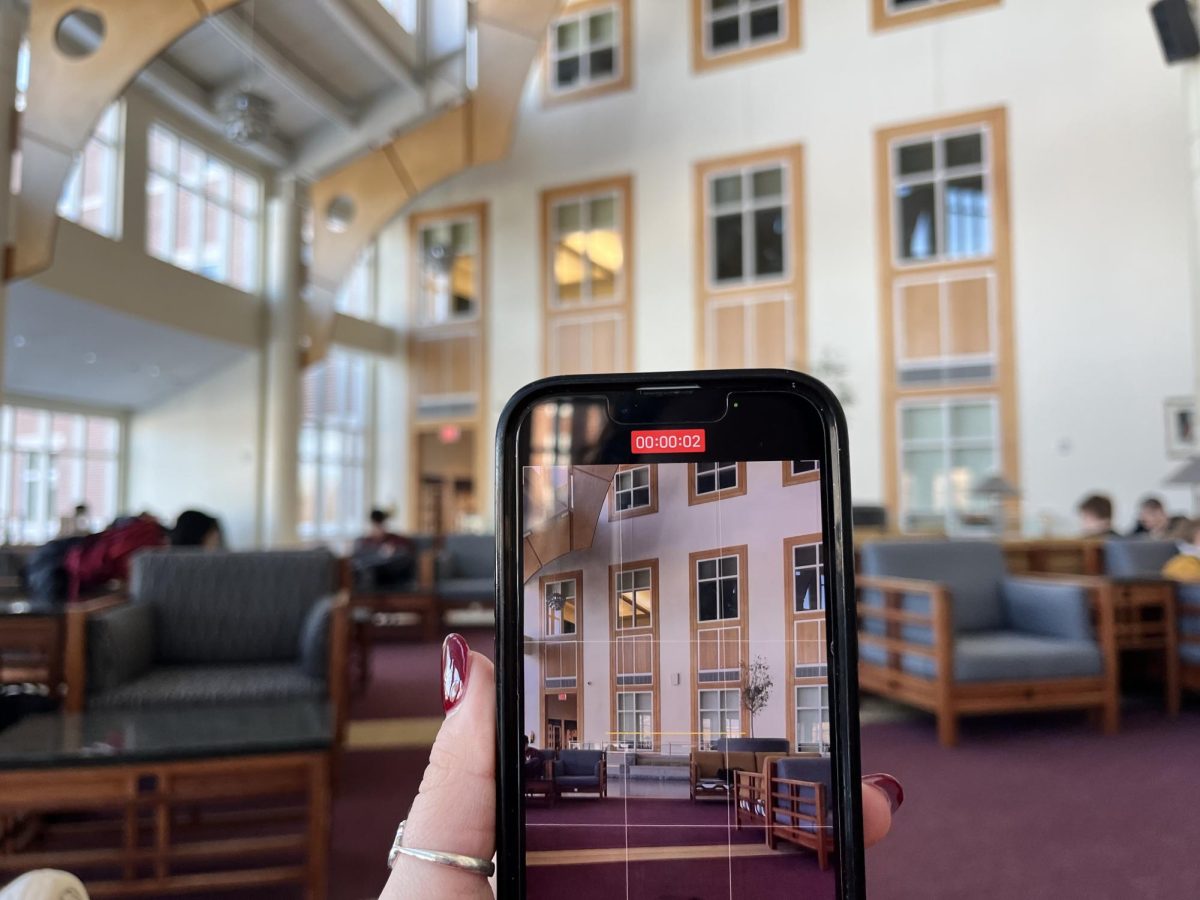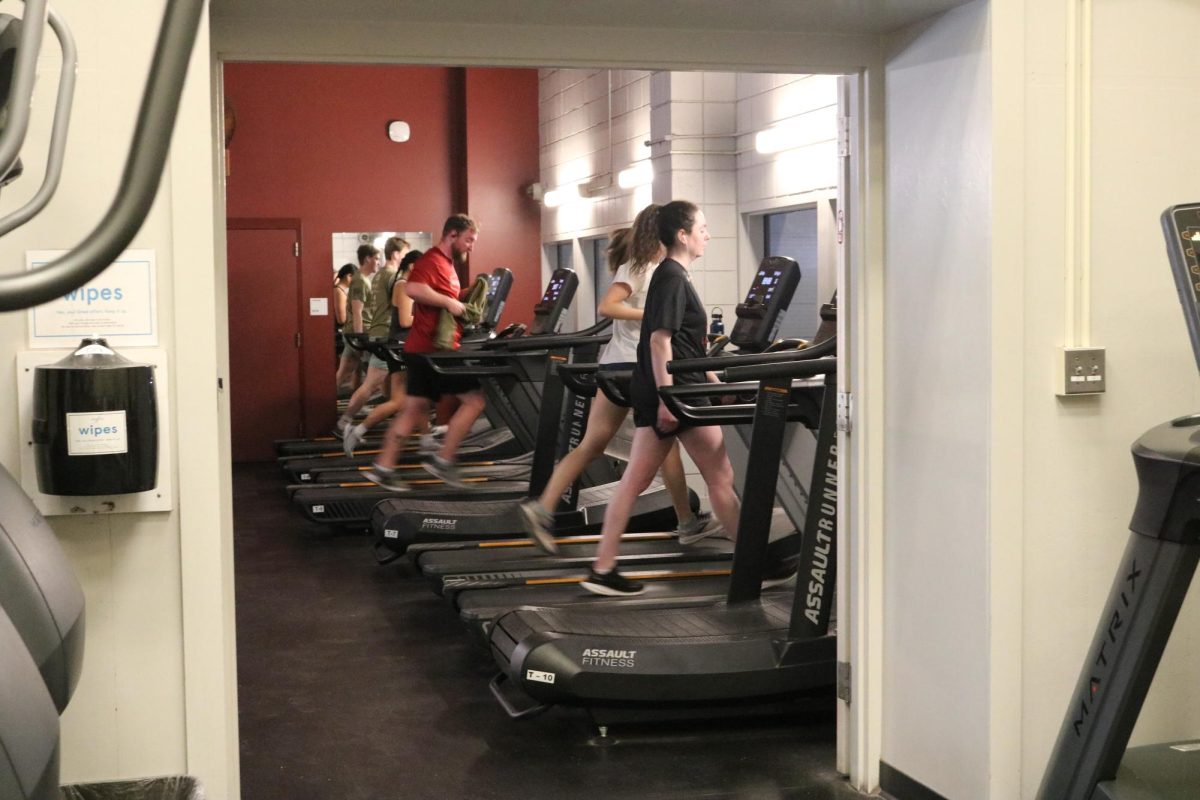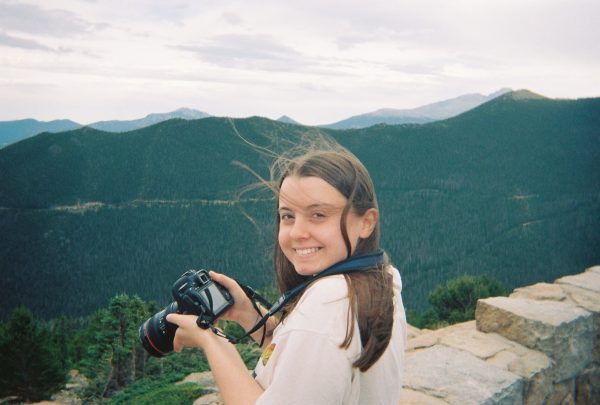Winter is about slipping across patches of muddy dead grass, feeling the tingle of icy air on your face, crouching on a bed of crinkly fallen cottonwood leaves, and holding your breath in hope that the bird you see floating on the river ahead is, in fact, a northern shoveler (making it your fourth duck of the day).
Well, at least for me.
Birds aren’t new to me – I grew up with a handful of backyard bird feeders and rotating birdhouses for entertainment – but birding is. For those not in the know, “birding” refers to avid bird-watching. In the past year, I’ve taken up avid birding as my newest and thus far, fiercest hobby. I find birds, with their delicate feet and feathers and vibrant songs, to be one of the most diverse and constant ways to interact with the environment around us.
Wherever you go – on a boat, on a hike, on a drive, on a picnic – birds are all around you. You’ll see them, you’ll hear them, sometimes you’ll even get the lucky chance to interact with them. They’re eating the bugs, berries, seeds, and fish growing around you. They’re often picking up after you, consuming the food trash you leave behind. Birds are everywhere.
Even in winter.
In a season where we close our windows and doors and frequently do our best to remain as far from outside as possible, it’s especially powerful to me to take any chance I can to remain in contact with nature. That’s why, this winter break at home in Colorado, I set out with a very important mission: to locate some of the migratory ducks that find themselves in Colorado for the winter. I ended up tallying eight species, seven of which I had never seen before, including the elusive northern shoveler.
At this time of year, not only are waterways in much of the continental U.S. filled with ducks we wouldn’t otherwise see, but many species are also in their winter breeding feathers, meaning their colors are far more vibrant and interesting than they are for much of the rest of the year.
So it’s a perfect time to go birding. But the reasons for observing birds go far past that. Because the very same birds we admire on a simple walk through the woods or past a pond are in severe danger.
Since 1970, North American bird populations have gone down by 30%, according to Cornell Lab. Humans have a huge impact on bird populations, from our vehicles, which kill 215 million birds a year, to our buildings, which present a deadly challenge to navigate past, to even our pet cats, which kill 2.4 billion birds every year. According to a Washington Post article, many of our most common birds – like the American crows that blanket Bates in the winter – are on average down in population size by over 10% since 2012. Those crows in particular, which we may see as obnoxious, ubiquitous, and invincible, are down 12%, or one eighth, of their population.
Contrary to what some may believe, not all bird populations are in decline, according to a report from The Washington Post. Some species, such as house sparrows and peregrine falcons, have actually thrived among human populations. However, the reality is that many bird populations are struggling. Of the ducks I recorded this January, for example, gadwall populations are growing – but northern shovelers, as well as mallards, buffleheads, ring-necked ducks, hooded mergansers, American wigeons, and common goldeneyes are all declining.
The death tolls are staggering, yet preventable. By keeping cats indoors, refraining from throwing food out car windows, planting native species in our yards, and installing windows that birds won’t run into, we can limit bird deaths immensely. But the only way to get people to care enough to make a difference for birds is to get them to see birds – their impact, their importance, and their beauty.
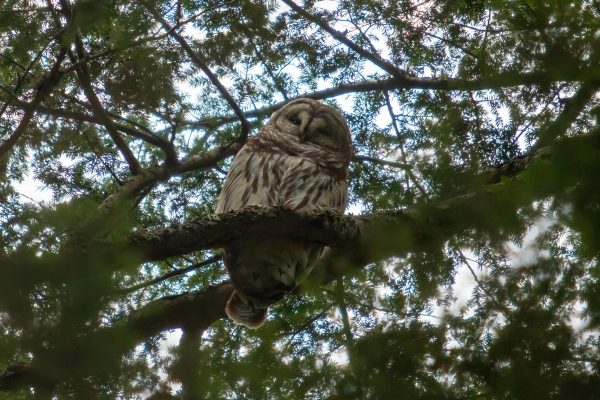
For me, this is exactly what winter birding has allowed me to do. A quick Google search can tell you exactly which birds are around you and how to see them – or, if you’re invested, you can join local Facebook groups and flip through “The Sibley Guide to Birds”.
When I returned to campus this month, I took a walk with friends through Thorncrag Bird Sanctuary, about two miles from campus. There, in the icy, silent forest, we were privy to one of Maine’s most mysterious and elegant animals: the barred owl. High up on a branch, I would’ve missed her if I wasn’t looking specifically for her.
As she kept a watchful eye on us, we stared up at her in awe. It’s difficult not to drown in the absolute majesty of such an ethereal creature. And it’s difficult to imagine a world without them.
This is why I love winter birding. Because when birds that beautiful are right in front of you, even the icy air can’t distract you from how important it is to protect them.



